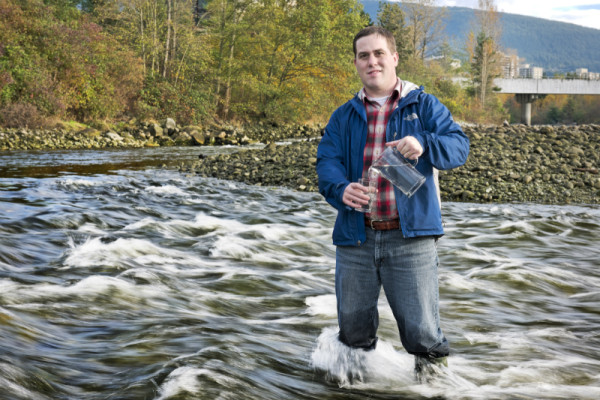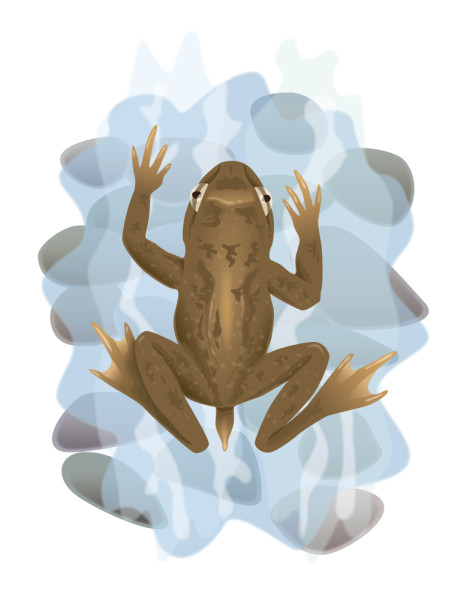#FrogFriday: Watching out for Frogs
It was big. Really big. And it was hiding in the dark, under a bridge, with leather skin covered in bumps, and a mouth that stretched halfway around its head. It was the first time I’d come across a troll, but at only six years old, I could hardly be blamed for taking so long to discover one under the footbridge in my backyard.

I remember feeling astonished my parents hadn’t dealt with this threat. Nor warned me not to crawl through the mud into a hole I barely fit in. As it was, this backyard troll turned out to be the first of many Western Toads I would carry back to show my Mom and friends. And one of the first animals that went from being perceived as a threat, to a curiosity, to being part of the proper order of things in backyard life.
Knowing nature is around us, and knowing something about the nature around us, is part of what I treasure about my experience as a Canadian youth. This experience with Western Toads – being able to find and safely pick up something so frightful – helped transform me from someone who feared nature into someone who cares for nature.
This is why I love citizen science programs like BC Frogwatch. Part adventure, part education, part science, Frogwatch offers a way to grow as an environmental steward. This provincial government initiative calls on British Columbians to get outside and collect information on frogs, toads, salamanders and turtles in BC. It arms citizen scientists with the information needed to identify, find and count frogs and other amphibians. It then shares the information it collects to help protect amphibians and their habitat.

You can also find interesting facts about species like the Western Toads – what does it eat and where does it live? – to make your next nature walk both fun and educational. So citizen science is a great way to actively support frogs and other species you share a planet with. During Canada Water Week, March 16 to 22, why not get outside, take a walk, and see what frogs or other water species you can spot in your park, local hiking area, or even your backyard?
